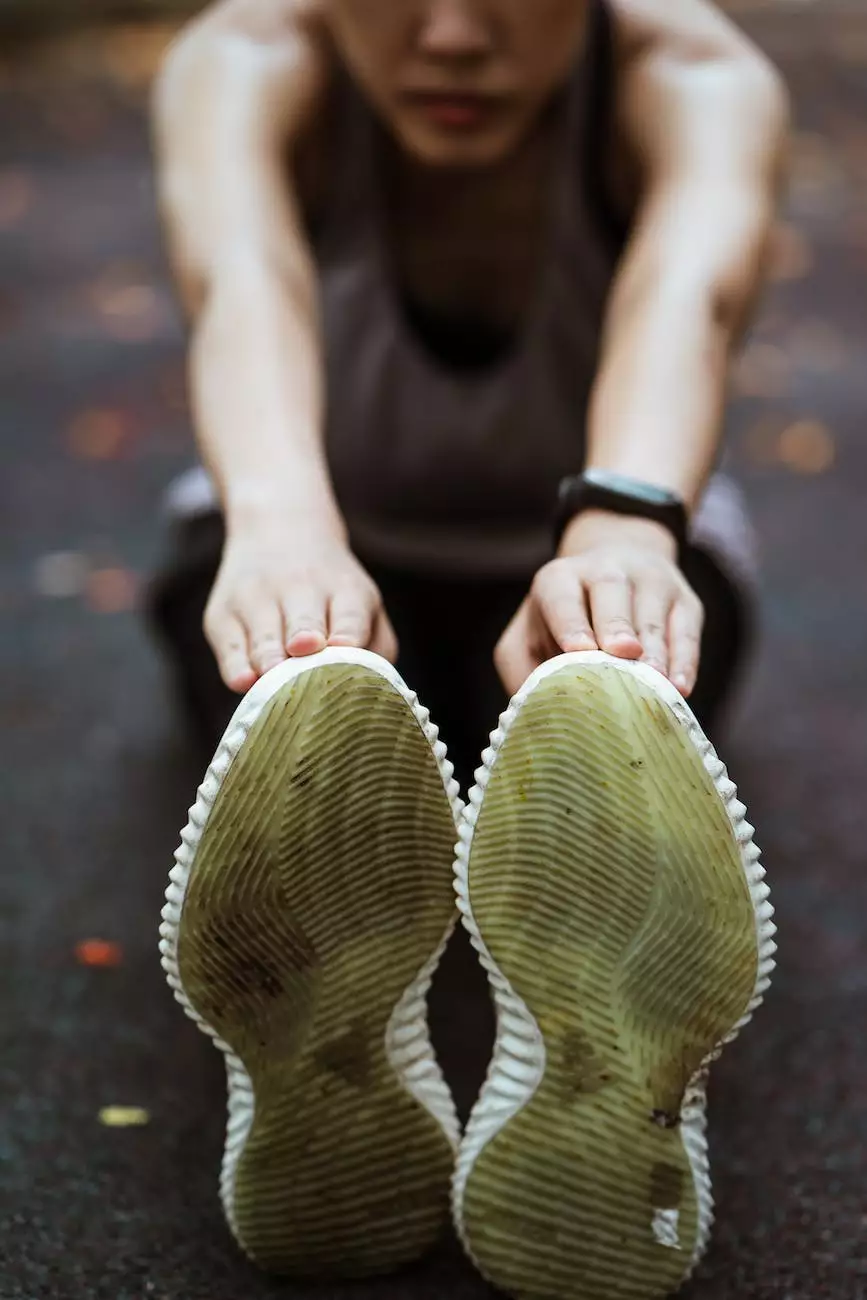Swimming: Your Questions, Answered
Blog
Introduction to Swimming with Bowling Orthopaedics
Welcome to Bowling Orthopaedics - your ultimate guide to swimming and addressing all your questions related to the sport. If you're here, it's likely that you are intrigued by swimming or are a swimming enthusiast seeking valuable information. Our mission is to provide you with a comprehensive resource on swimming, covering topics ranging from swimming techniques, injury prevention, to the incredible health benefits associated with this amazing exercise.
Why Swimming?
Swimming is not just a popular recreational activity but also a fantastic form of exercise that engages your entire body. It offers numerous physical and mental health benefits, making it an excellent choice for people of all ages. Let's dive deeper into why swimming should be a part of your fitness routine:
Physical Health Benefits
- Full-Body Workout: Unlike other exercises, swimming works multiple muscle groups simultaneously, providing an effective full-body workout.
- Low Impact: Swimming is a low-impact exercise, meaning it exerts less pressure on your joints while still improving cardiovascular fitness and muscle strength.
- Cardiovascular Health: Regular swimming enhances heart and lung function, reducing the risk of cardiovascular diseases such as heart attacks and strokes.
- Weight Management: Incorporating swimming into your fitness routine can aid in weight loss and weight management, as it burns calories at a high rate.
- Injury Rehabilitation: Swimming is often recommended for injury rehabilitation due to its low-impact nature, promoting muscle recovery and overall healing.
Mental Health Benefits
Swimming not only benefits your physical well-being but also has a positive impact on your mental health. Here are some advantages of swimming for your mind:
- Stress Relief: Swimming helps reduce stress and anxiety by providing a calm and soothing environment.
- Mood Enhancement: Regular swimming releases endorphins, promoting a sense of happiness and overall well-being.
- Mental Clarity: The rhythmic, repetitive movements in swimming can have a meditative effect, clearing your mind and improving focus.
- Social Interaction: Joining a swimming club or community gives you the opportunity to connect with like-minded individuals, fostering social bonds.
Swimming Techniques and Tips
Whether you're a beginner or an experienced swimmer, mastering proper swimming techniques will enhance your performance, prevent injuries, and improve overall efficiency in the water. Here are some important swimming techniques and tips to help you excel:
Freestyle Technique
Freestyle, also known as front crawl, is one of the most common swimming strokes used in competitive and recreational swimming. Here's a breakdown of the key elements for a powerful and efficient freestyle technique:
- Body Position: Maintain a horizontal body position in the water with your head aligned with your spine.
- Arm Movement: Reach forward with one arm, while the other arm pulls back with a high elbow, powering your body through the water.
- Kick Technique: Utilize a flutter kick, alternating small, rapid kicks from the hips.
- Breathing Rhythm: Coordinate your breathing by taking a breath to the side during recovery and maintaining a regular breathing pattern.
Backstroke Technique
Backstroke is a popular swimming stroke that allows you to swim on your back. To perform backstroke effectively, consider the following techniques:
- Body Position: Keep your body aligned horizontally with a slight arch in your lower back.
- Arm Movement: Alternate your arms in a windmill motion, with a slight bend in the elbows.
- Kick Technique: Execute a flutter kick, just like in freestyle, but on your back.
- Breathing: Breathe continuously by rotating your head to the side, allowing air in without disrupting your swimming rhythm.
Breaststroke Technique
Breaststroke is known for its unique arm and leg movements. Mastering the breaststroke technique can significantly improve your swimming efficiency. Here's what you need to focus on:
- Body Position: Maintain a streamlined body position, moving through the water with your head facing forward.
- Arm Movement: Initiate the pull phase by extending your arms forward, then pull them back in a sweeping motion.
- Kick Technique: Perform a whip kick, where your legs are together, and then move them out in a circular motion, propelling you forward.
- Breathing: Coordinate your breathing with your arm and leg movements, taking a breath as your face is above the water.
Injury Prevention in Swimming
While swimming is a low-impact exercise, it's important to take precautions to prevent injuries and ensure a safe swimming experience. Here are some guidelines to protect yourself from common swimming-related injuries:
Shoulder Injuries
Shoulder injuries are common among swimmers due to the repetitive overhead movements. To prevent shoulder injuries, focus on:
- Proper Warm-up: Warm up your shoulders with dynamic stretches and gentle swimming exercises before engaging in intense swimming sessions.
- Strengthening Exercises: Incorporate shoulder-strengthening exercises into your fitness routine to build the muscles supporting your shoulder joints.
- Technique Improvement: Work on improving your swimming technique to reduce unnecessary strain on your shoulders.
Lower Back Pain
Some swimmers may experience lower back pain due to incorrect body alignment or muscular imbalances. Consider the following for avoiding lower back pain:
- Core Strengthening: Strengthen your core muscles to provide better support and stability for your lower back.
- Correct Body Position: Focus on maintaining a neutral spine alignment during all swimming strokes.
- Stretching Routine: Incorporate regular stretching exercises that target the muscles in your lower back and hips.
Overuse Injuries
Overuse injuries can occur when swimmers train excessively without allowing enough rest and recovery time for their bodies. Prevent overuse injuries by following these guidelines:
- Gradual Progression: Gradually increase the intensity, duration, and frequency of your swimming sessions to prevent sudden strain on your body.
- Rest and Recovery: Allow your body adequate time to recover between training sessions, incorporating rest days into your swimming routine.
- Cross-Training: Engage in other forms of exercise to provide variety and give your swimming muscles a break.
Conclusion: Dive into the World of Swimming with Bowling Orthopaedics
Congratulations! You've reached the end of Bowling Orthopaedics' comprehensive swimming guide. We've explored the incredible health benefits of swimming, various swimming techniques and tips, and important information on injury prevention. By incorporating swimming into your lifestyle, you're taking a plunge into improved physical and mental well-being.
Remember, swimming is not only a fantastic form of exercise but also an enjoyable activity that can be shared with family and friends. So put on your swimming gear, head to the pool or open water, and embark on a swimming journey like no other.
For more detailed guidance or personalized assistance, don't hesitate to reach out to our team of experts at Bowling Orthopaedics. Stay tuned for more articles, tips, and tricks to help you become a swimming champion!




